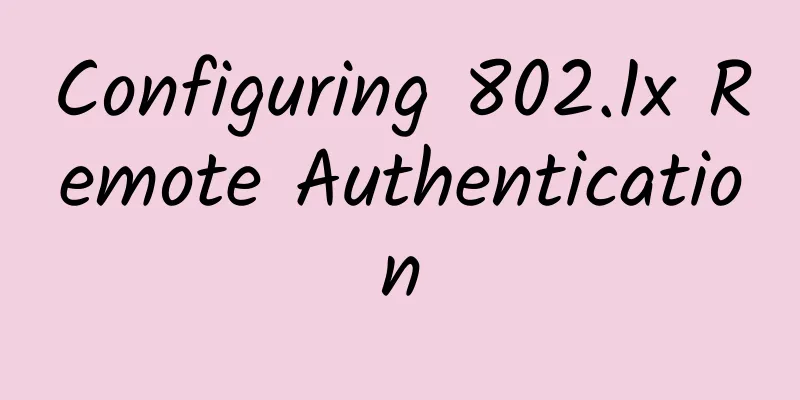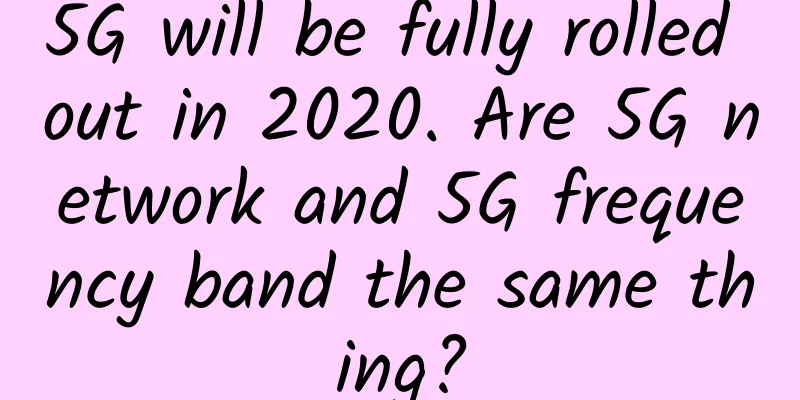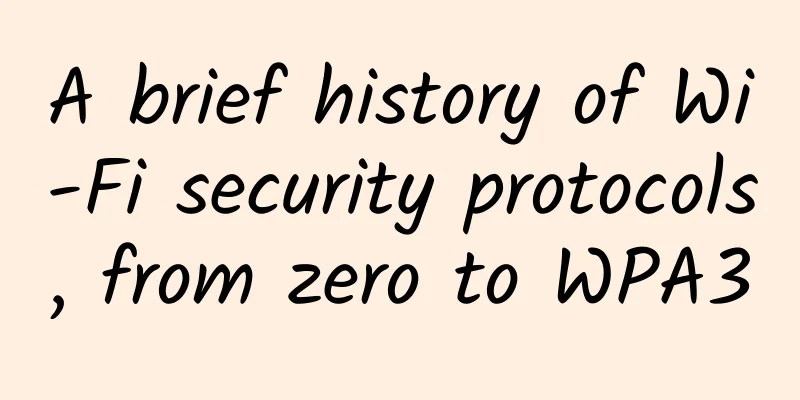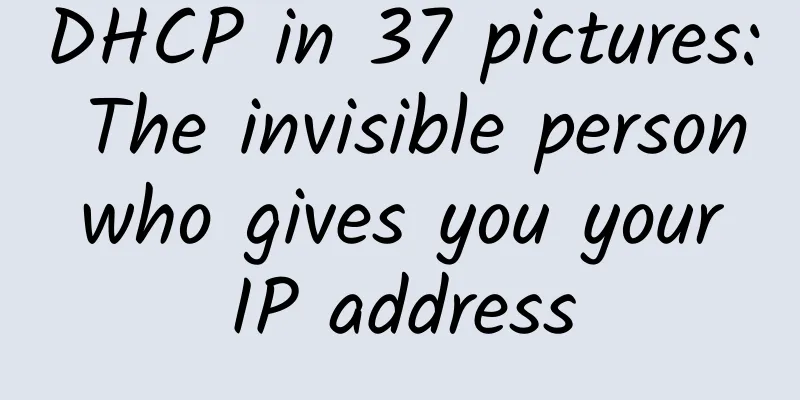How 5G will help wearable devices like smartwatches charge automatically
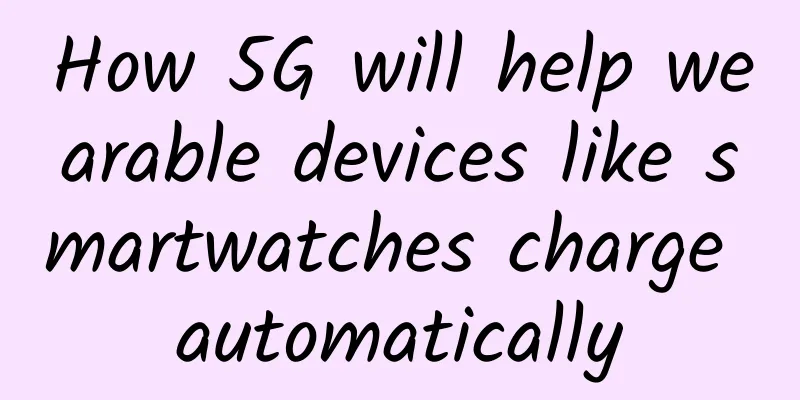
|
In Japan, a trial project to wirelessly charge wearable devices over 5G networks is about to get underway. The idea is that the tiny electrical charge will automatically charge nearby Internet of Things (IoT) devices, such as smartwatches or connected headphones. However, legal issues mean you're unlikely to be able to take advantage of the technology any time soon. Japanese telecommunications group SoftBank is preparing to test a technology that will allow wearable devices such as smartwatches or connected headphones to be charged on the street without user intervention, Nikkei Asia reports. The necessary technology will be implemented directly in 5G stations deployed by SoftBank. However, approval from authorities is required to launch this real-world trial. The trial was conducted while SoftBank continues to replace all 4G antennas with 5G base stations - a long-term operation. The experiment involved emitting a very slight charge of about 1mW in the 28GHz high-frequency band used for 5G communications, enough to charge nearby devices. SoftBank said the energy has a range of about 10 meters and is completely harmless to health. Over time, its range could even be extended to 100 meters. If the trials are successful and the government approves the process, SoftBank plans to start commercializing its technology as early as 2025. Outside of Japan, such initiatives will also depend on approval from authorities. And it’s far from a done deal! Whether in Japan or elsewhere, the idea of one day being able to charge connected devices through the surrounding 5G network without the need for any additional infrastructure has been popular for some time. Earlier this year, US researchers studied the possibility of turning part of the 5G network into a power network, capable of charging small IoT objects nearby. They have developed tiny antennas that blend perfectly with the background, capable of capturing millimeter waves, which are then converted into energy and sent to nearby connected objects. In each case, the idea is to use the 5G network to power various IoT devices, without any restrictions on users. As a result, connected devices can be continuously charged as long as they are close to the 5G network. This solution also promises to save energy without affecting the quality of the 5G network. |
<<: Manually simulate and implement Docker container network!
Recommend
Privileged Access Management: The Future of Cyber Resilience
Attacks against critical infrastructure and gover...
Huawei has teamed up with more than 50 universities to train Kunpeng developers and has released 24 types of Kunpeng-related professional certifications.
Today, at the Huawei Developer Conference 2020 (C...
When Private LTE Is Better Than Wi-Fi
While cellular technology is often thought of as ...
PacificRack: Unlimited KVM in Los Angeles starting at $1.50 a month or $15 a year
PacificRack has launched new products. The word &...
Zhang Hao from Ele.me: A food delivery guy sent by AI
[51CTO.com original article] On July 21-22, 2017,...
ZJI: New Year limited 50% off Hong Kong server 500 yuan/month-2*E5-2630L/32G memory/1TB SSD/20M bandwidth
ZJI has just launched a new year promotion, offer...
5G brings precise positioning to the Internet of Things
Cellular has ‘all the ingredients’ to enhance pre...
CrownCloud: $5/month KVM-2GB/30GB/2TB/Los Angeles & Germany & Netherlands & Atlanta
The tribe has shared news about CrownCloud many t...
What is edge computing and how will it impact businesses?
The process of transferring data remotely involve...
Wi-Fi 7 domestic standard is about to be implemented! The Ministry of Industry and Information Technology solicits opinions on equipment approval, and the measured network speed reaches 4.3Gbps
On June 2, it was reported that the technical sta...
V.PS: €9.95/year VPS with new German data center, 1G memory/15G SSD/1TB monthly traffic
The Nano series provided by V.PS adds a German da...
Are operators “breaking away from” the old ways? 2G/3G networks will eventually leave the stage
Recently, China Telecom Yunnan Company (Yunnan Te...
Gartner: The global low-code development technology market will grow significantly by 23% in 2021
[[383115]] According to Gartner's latest fore...
The first batch of commercial 5G countries' network speeds: several blocks faster than Wi-Fi
There have been voices saying that the large-scal...
